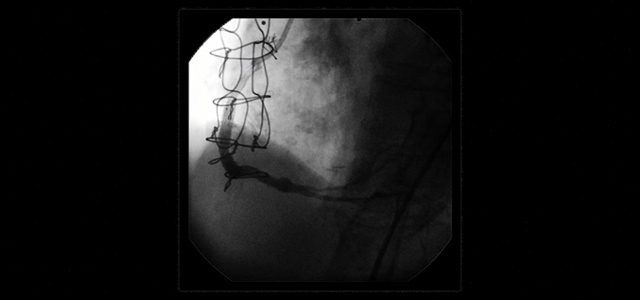952 results
Coronary balloon shaft fracture
15 Jan 2019
While rare, balloon shaft fracture can occur – and whether it happens in or outside the guiding catheter, this section will show you how to deal with this challenging complication!
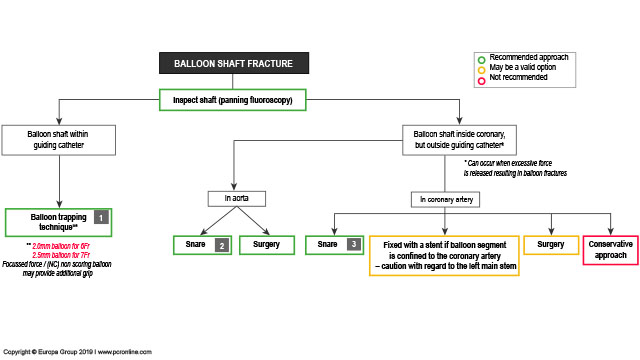
Snare technique in the event of wire loss: Trifold
04 Jan 2019
When retrieving a lost guidewire, the snare technique is feasible with a trifold snare only and it is easier when the fragment is located proximally in a large vessel.
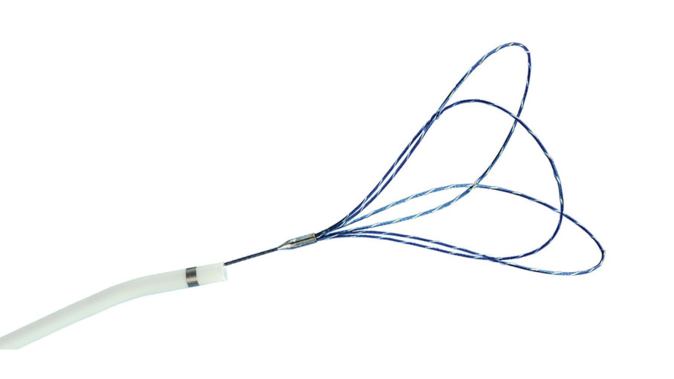
Lost guidewire retrieved by multiwire technique
04 Jan 2019
Guidewire loss during PCI is explained here with the multiwire retrieval technique. Retrieval techniques are technically challenging and evidence for their success is limited.
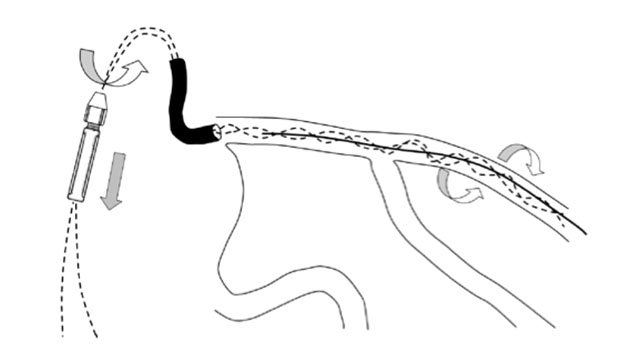
Transradial left main PCI is safe and effective
02 Jan 2019
This multiple large randomised trials includes more than 18,000 patients comparing transradial vs. transfemoral access for coronary intervention that have shown that transradial access improves outcomes including major vascular complications, bleeding and mortality!
Authors :
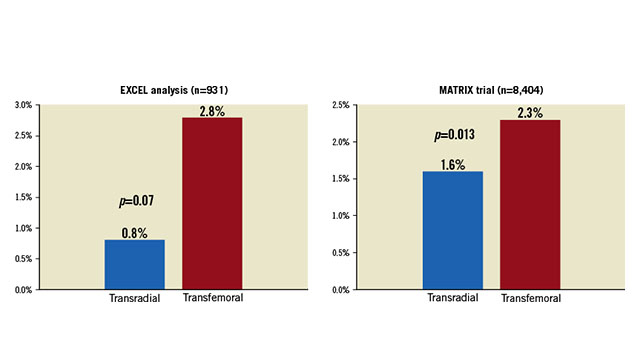
Radial versus femoral artery access in patients undergoing PCI for left main coronary artery disease: analysis from the EXCEL trial
02 Jan 2019
Read this EuroIntervention article by Shmuel Chen et al. on the procedural characteristics of transradial access (TRA) versus transfemoral access (TFA) in patients who were treated with PCI for left main coronary artery disease.
Authors :

First prospective multicenter experience with left distal transradial approach for coronary chronic total occlusion interventions using a 7-french glidesheath slender
02 Jan 2019
Learn how to assess the feasibility and safety of the left distal transradial artery (LDTRA) approach using a 7 Fr Glidesheath Slender for chronic total occlusion (CTO) percutaneous coronary interventions (PCIs).
Authors :
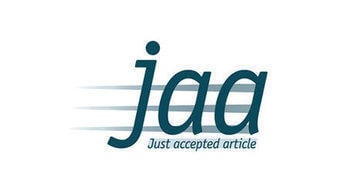
"A balloon a day, takes a day": case of a non deflation nightmare
23 Nov 2018
Consult this case to discover how to face balloon catheter complications and a Type III coronary perforation.

Author

Case study: reversing heparin Type V perforation
23 Nov 2018
Consult this case study on reversing heparin in a Type V coronary perforation complication, a female 76-year old patient.

Case study: thrombin injection Type V perforation
23 Nov 2018
Consult this case study on a thrombin injection Type IV perforation, a male 76-year old patient.
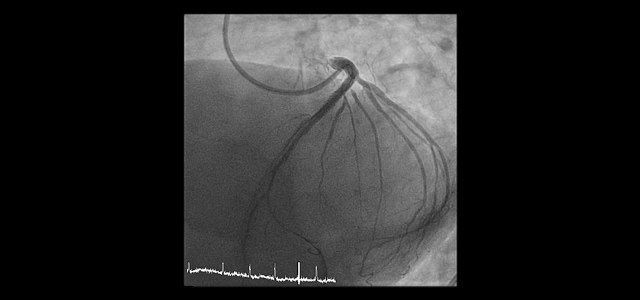
Case study: a SVG to RCA Type IV perforation
23 Nov 2018
Consult this case study on a saphenous vein graft (SVG) to right coronary artery (RCA) Type IV perforation, female 80-year old patient referred for angiogram +/- PCI.
